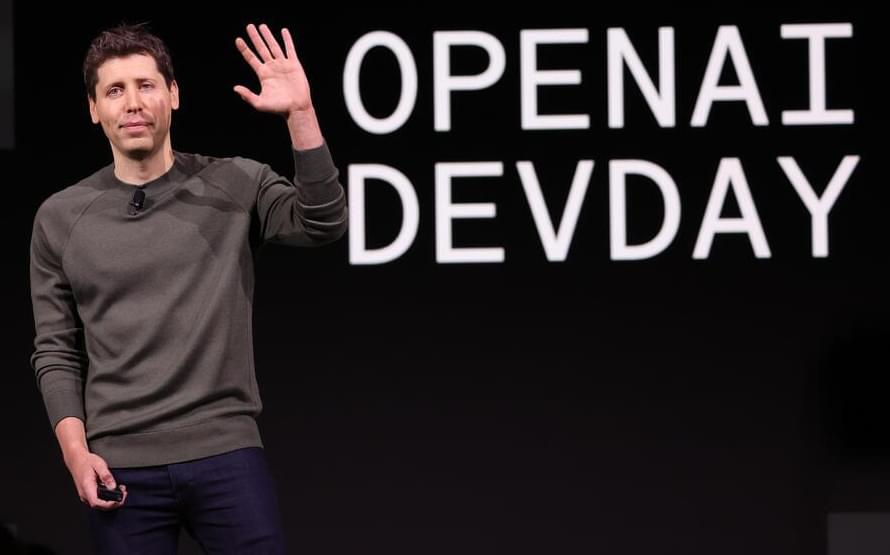The AI startups working to build products that support African languages often get ignored by investors, says Hadgu, owing to the small size of the potential market, a lack of political support, and poor internet infrastructure. However, Hadgu says small African startups including Lesan, GhanaNLP, and Lelapa AI are playing an important role: “Big tech companies do not give focus to our languages,” he says, “but we cannot wait for them.”
Lelapa AI is trying to create a new paradigm for AI models in Africa, says Vukosi Marivate, a data scientist on the company’s AI team. Instead of tapping into the internet alone to collect data to train its model, like companies in the West, Lelapa AI works both online and offline with linguists and local communities to gather data, annotate it, and identify use cases where the tool might be problematic.
Bonaventure Dossou, a researcher at Lelapa AI specializing in natural-language processing (NLP), says that working with linguists enables them to develop a model that’s context-specific and culturally relevant. “Embedding cultural sensitivity and linguistic perspectives makes the technological system better,” says Dossou. For example, the Lelapa AI team built sentiment and tone analysis algorithms tailored to specific languages.








